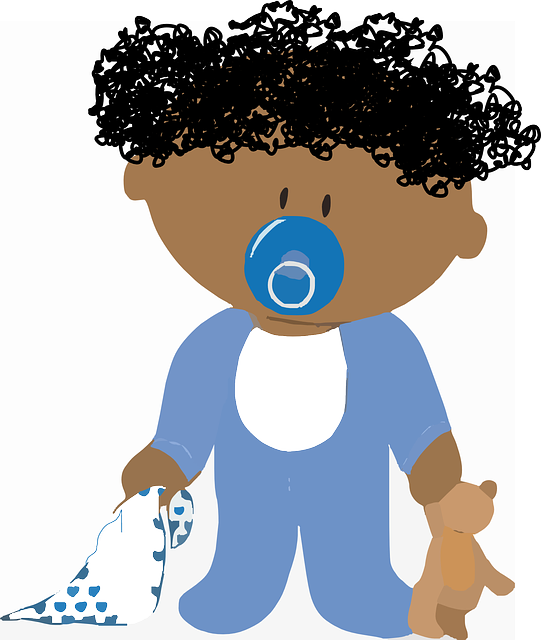
What is modeling?
Modeling occurs when a communication partner uses language or speech relevant to the conversation in a natural environment. There are three types of modeling strategies that can be used to expand language and communication including self-talk, parallel talk, and expansion. Self-Talk Self-talk occurs when the communication partner (e.g. parent, sibling, guardian, family member) describes what they are doing aloud for the child to hear. Ex: “Dad is cutting an apple” “ the apple is green” “I’m dunking the apples” “yummy” Parallel Parallel talk occurs when the communication partner describes what the child is doing aloud. Ex: “you are pushing the blue play-doh” “cut the play-doh” “squeeze” “oh no the play-doh is green” “roll the play-doh”







